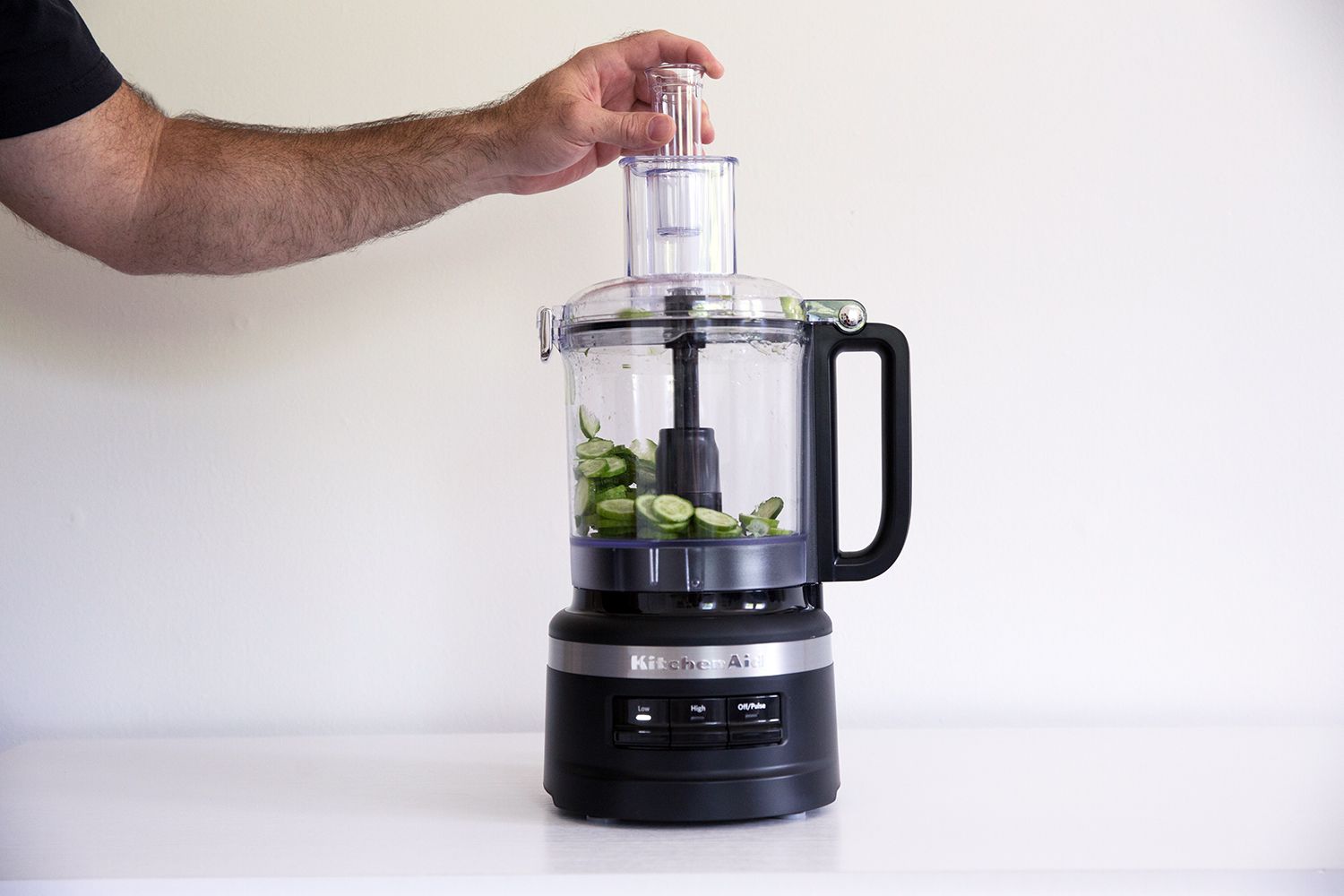

Articles
How To Turn On A Kitchenaid Food Processor
Modified: December 6, 2023
Learn how to turn on a Kitchenaid Food Processor with our helpful articles. Get step-by-step instructions and troubleshooting tips to optimize your cooking experience.
(Many of the links in this article redirect to a specific reviewed product. Your purchase of these products through affiliate links helps to generate commission for Storables.com, at no extra cost. Learn more)
Introduction
Welcome to this step-by-step guide on how to turn on a Kitchenaid food processor. Kitchenaid is a renowned brand known for its high-quality and efficient kitchen appliances, including food processors. If you have recently purchased a Kitchenaid food processor or are curious about how to operate one, you’re in the right place.
The Kitchenaid food processor is a versatile kitchen tool that can make meal preparation quick and easy. Whether you’re chopping vegetables, blending ingredients, or grinding nuts, the food processor can handle these tasks with ease. However, before you can start using it, you’ll need to know how to turn it on properly.
In this article, we will walk you through the step-by-step process of turning on a Kitchenaid food processor. We will cover everything from gathering the necessary tools to adjusting the speed settings and processing your food. So, let’s get started!
Key Takeaways:
- Mastering the art of using a Kitchenaid food processor is a breeze with these step-by-step instructions, ensuring a smooth and efficient cooking experience.
- From gathering the necessary tools to adjusting speed settings and safely turning off the appliance, this guide empowers users to confidently operate their Kitchenaid food processor.
Read more: How To Use The Kitchenaid Food Processor
Step 1: Gather the necessary tools
Before you begin using your Kitchenaid food processor, it’s important to gather all the necessary tools and accessories. This will ensure a smooth and hassle-free experience. Here’s what you’ll need:
- A Kitchenaid food processor – Make sure you have the model that suits your needs and meets the requirements of the recipe you’re planning to make.
- Bowl and lid – The food processor comes with a detachable bowl and a lid. Ensure that these components are clean and in good condition.
- Sharp blades – Check that the blades are properly attached to the processor’s base and are sharp enough for efficient cutting and chopping.
- Food pusher – The food pusher is essential for safely pushing ingredients into the processor while it’s running. Make sure it’s clean and within easy reach.
- Power cord – Ensure that the power cord is intact and long enough to reach the power outlet without straining.
- Ingredients – Depending on your recipe, gather all the ingredients you’ll need for processing.
Once you have gathered all these tools and ingredients, you’re ready to move on to the next step: locating the on/off button.
Step 2: Locate the on/off button
Locating the on/off button is crucial to turn on your Kitchenaid food processor. The placement of this button might vary slightly depending on the model you have, but it is usually easily accessible on the front or side of the appliance. Here are some general guidelines to help you find it:
- Look for a button labeled “On/Off” or a similar indicator. It is typically larger or more prominent compared to other buttons.
- Check for any symbols or icons on the button that might indicate its function.
- If you have a food processor model with multiple speed settings, the on/off button might be integrated with the speed control dial.
Once you have located the on/off button, make sure it is in the “Off” position before proceeding to the next step. It is important to ensure that the food processor is not already running before you attempt to start it.
Now that you have identified the on/off button, let’s move on to connecting the power cord in step 3.
Step 3: Connect the power cord
Now that you have located the on/off button, it’s time to connect the power cord of your Kitchenaid food processor. Follow these steps to ensure a secure and proper connection:
- Find the power cord attached to your food processor. It is usually a detachable cord that plugs into the appliance.
- Inspect the power cord for any signs of damage such as fraying or exposed wires. If you notice any issues, do not proceed with plugging it in. Instead, contact the manufacturer for assistance.
- Identify the power outlet where you will be plugging in your food processor. Make sure the outlet is easily accessible and provides a stable power source.
- Align the prongs on the power cord’s plug with the corresponding slots on the power outlet.
- Gently insert the plug into the power outlet until it is fully inserted and secure. Ensure that it is not loose or wobbly.
- Once you have connected the power cord, double-check all the connections to ensure everything is properly in place.
Now that the power cord is securely connected, you’re ready to move on to the next step: turning on the food processor.
Step 4: Turn on the food processor
Now that you have connected the power cord, it’s time to turn on your Kitchenaid food processor. Follow these steps to start the appliance:
- Ensure that the on/off button is in the “Off” position before proceeding.
- Place the bowl onto the base of the food processor. It should fit securely and lock into place.
- Make sure the lid is properly aligned with the bowl. It should fit snugly and have a safety mechanism to prevent accidental operation.
- With your hand firmly on the lid, press the on/off button to turn on the food processor.
- You should hear a click or see a light indicating that the appliance is powered on.
- Release the on/off button once the food processor is turned on.
It is important to note that the specific steps and buttons may vary depending on the model of your Kitchenaid food processor. Refer to the user manual provided by the manufacturer for more detailed instructions tailored to your appliance.
Congratulations! You have successfully turned on your Kitchenaid food processor. Now, let’s move on to step 5, where we will explore how to adjust the speed settings, if applicable.
Make sure the food processor is properly assembled and the bowl is locked in place. Then, plug in the power cord and press the on/off button to start the machine.
Read more: How To Turn On A Cuisinart Food Processor
Step 5: Adjust the speed settings, if applicable
Depending on the model of your Kitchenaid food processor, you may have the option to adjust the speed settings. This can be beneficial when processing different types of ingredients or achieving specific textures. Here’s how you can adjust the speed settings, if applicable:
- Refer to the control panel or dial on your food processor to locate the speed settings.
- Some models have a range of speed options, while others may have a simple low-high setting.
- Determine the speed that is suitable for your recipe or desired outcome. For example, lower speeds are ideal for chopping delicate ingredients, while higher speeds are better for blending or pureeing.
- Turn the control panel or dial to the desired speed setting. Make sure the speed setting is aligned with the indicator or marked clearly on the appliance.
- Once you have adjusted the speed, you can proceed with processing your food. Keep in mind that some recipes may require specific speed settings, so always refer to the recipe instructions if available.
It’s important to note that not all Kitchenaid food processors have adjustable speed settings. Some models may have a single speed or a pulse function. In such cases, you can skip this step and move on to the next.
Now that you have adjusted the speed settings, if applicable, you’re ready to move on to step 6: start processing your food.
Step 6: Start processing your food
Now that your Kitchenaid food processor is turned on and the speed settings are adjusted, it’s time to start processing your food. Follow these steps to begin:
- Prepare the ingredients you want to process. Ensure that they are clean, trimmed, and ready to go.
- If necessary, cut the ingredients into smaller pieces to fit comfortably in the food processor’s bowl.
- With the lid securely in place, remove the food pusher from the feed tube.
- Carefully add the ingredients through the feed tube into the bowl while the food processor is running. Use the food pusher to guide the ingredients into the blades.
- Process the ingredients for the desired amount of time. This may vary depending on the recipe and the texture you want to achieve.
- Keep an eye on the food processor to ensure that it is operating smoothly and without any issues.
It is essential to follow the manufacturer’s guidelines and observe any safety precautions outlined in the user manual. Avoid overfilling the bowl or processing hot liquids to prevent any accidents or damage to the appliance.
Once you have finished processing your food, it’s time to move on to the final step: turning off the food processor.
Step 7: Turn off the food processor
After you have finished processing your food, it’s important to properly turn off the Kitchenaid food processor. Follow these steps to safely turn off the appliance:
- Ensure that you have processed all the ingredients to your desired texture before proceeding to turn off the food processor.
- Remove the food pusher from the feed tube to prevent any accidental contact with the blades.
- With your hand firmly on the lid, press the on/off button to turn off the food processor. You should hear a click or see the light indicating that the appliance has powered off.
- Once the food processor is turned off, unplug the power cord from the outlet.
- Carefully remove the bowl from the base of the food processor.
- Thoroughly clean the bowl, lid, and blades according to the manufacturer’s instructions.
- Store the food processor and its components in a safe and dry location.
Turning off the food processor properly not only ensures your safety but also helps to prolong the lifespan of the appliance. Always make sure to follow the manufacturer’s guidelines for maintenance and cleaning.
Congratulations! You have successfully learned how to turn on and operate your Kitchenaid food processor. With this knowledge, you can now confidently prepare delicious meals and enjoy the convenience of this powerful kitchen tool.
Remember to refer to the user manual provided by the manufacturer for specific instructions regarding your particular model of the Kitchenaid food processor.
Enjoy your culinary adventures!
Conclusion
In conclusion, operating a Kitchenaid food processor is a simple and straightforward process. By following the steps outlined in this guide, you can turn on the appliance, adjust the settings if applicable, process your food efficiently, and safely turn off the food processor.
Starting with gathering the necessary tools, such as the food processor, bowl, lid, sharp blades, and power cord, ensures that you have everything you need for a successful cooking experience. Locating the on/off button allows you to easily turn on the food processor, while connecting the power cord provides the necessary electrical connection for operation.
If your Kitchenaid food processor has adjustable speed settings, you can customize the processing speed depending on your recipe and desired texture. Starting the food processor involves placing the ingredients in the bowl, ensuring the lid is secure, and pressing the on/off button.
Finally, properly turning off the food processor is essential for safety and maintenance. By following the steps outlined in this guide, you can safely shut off the appliance, unplug the power cord, and clean the components for future use.
Now that you are familiar with how to turn on and operate your Kitchenaid food processor, you can confidently embark on your culinary adventures. From chopping vegetables to blending ingredients, your food processor will help you save time and effort in the kitchen.
Remember to consult the user manual specific to your model for any additional instructions or safety guidelines. With practice and creativity, you can explore the wide range of possibilities that your Kitchenaid food processor has to offer.
Enjoy the journey of preparing delicious meals with ease using your Kitchenaid food processor!
Frequently Asked Questions about How To Turn On A Kitchenaid Food Processor
Was this page helpful?
At Storables.com, we guarantee accurate and reliable information. Our content, validated by Expert Board Contributors, is crafted following stringent Editorial Policies. We're committed to providing you with well-researched, expert-backed insights for all your informational needs.
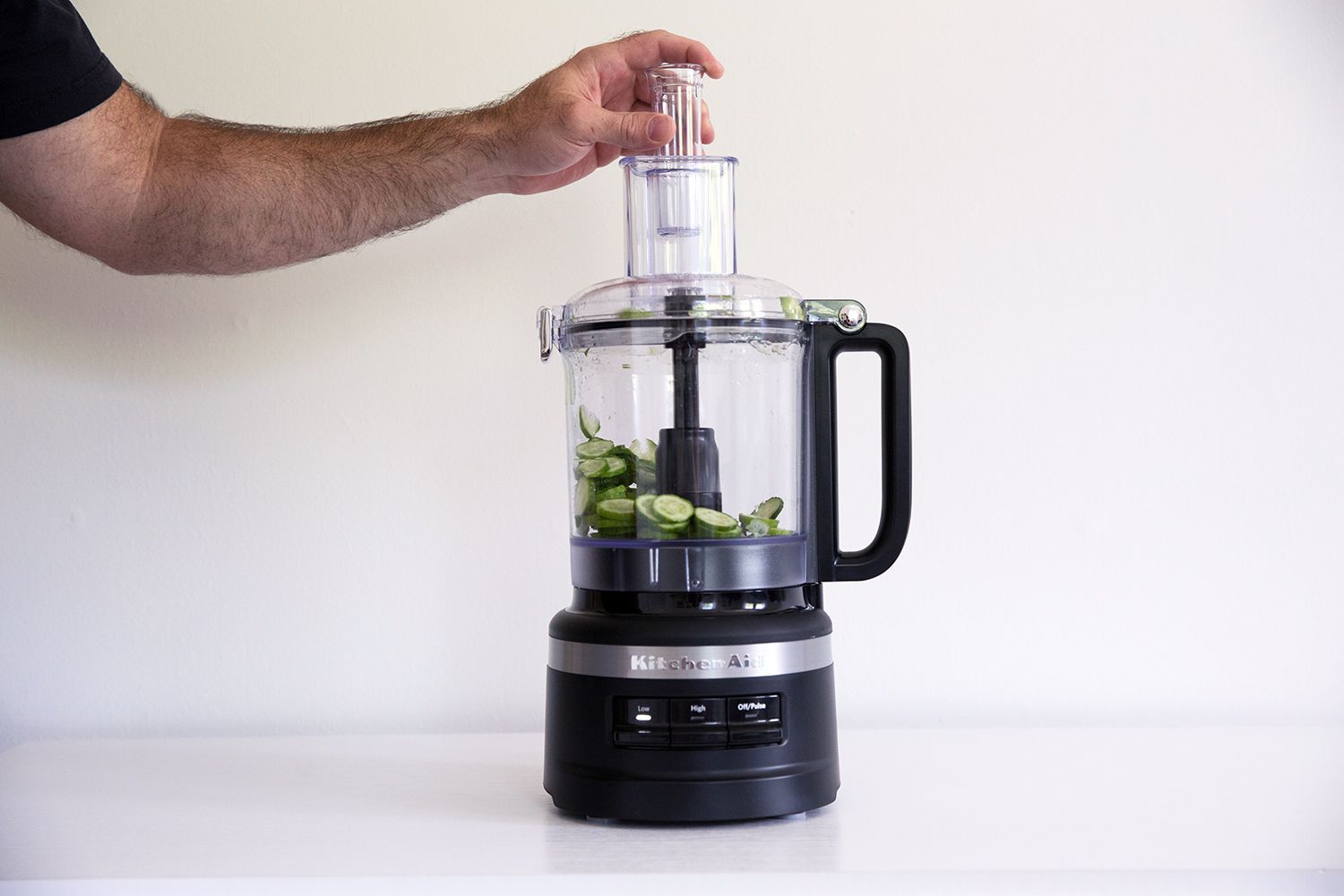
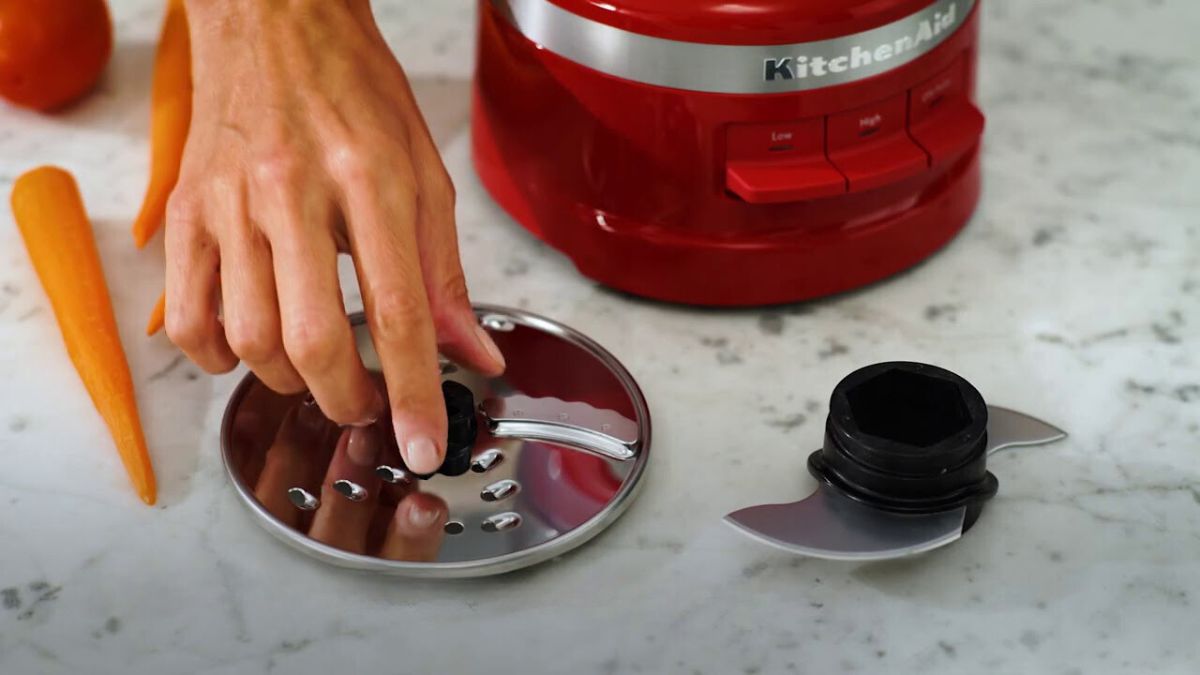
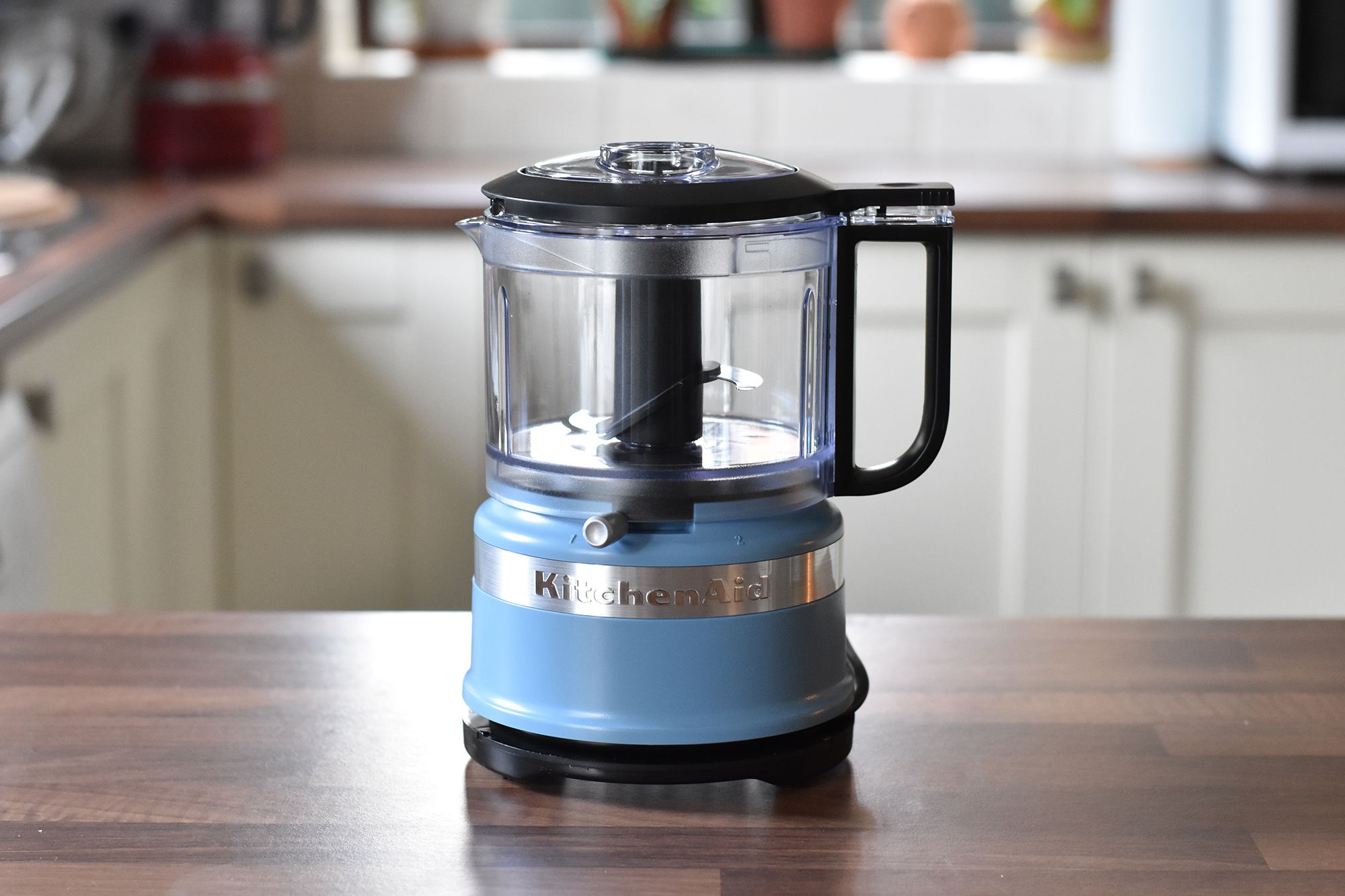
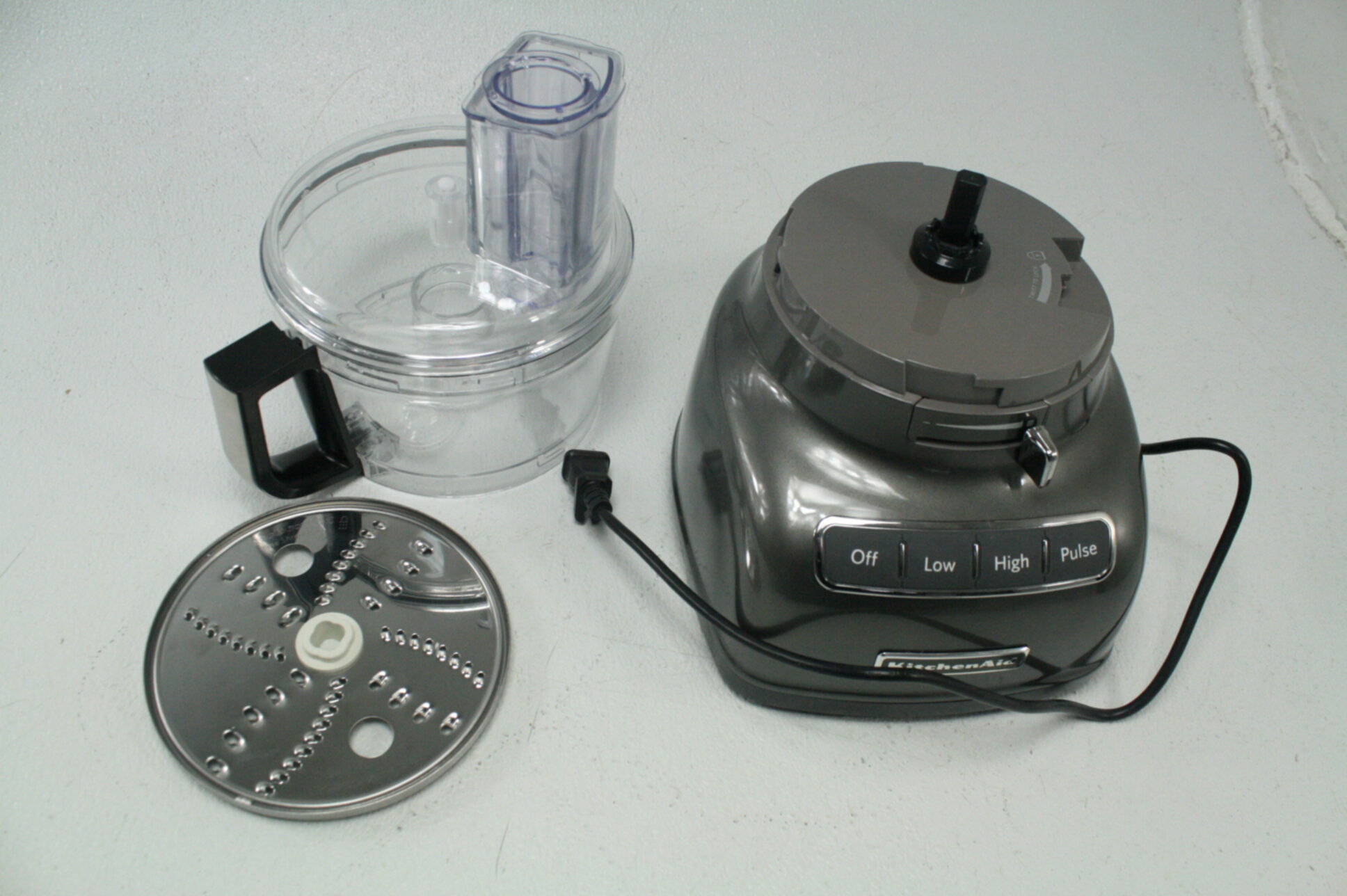
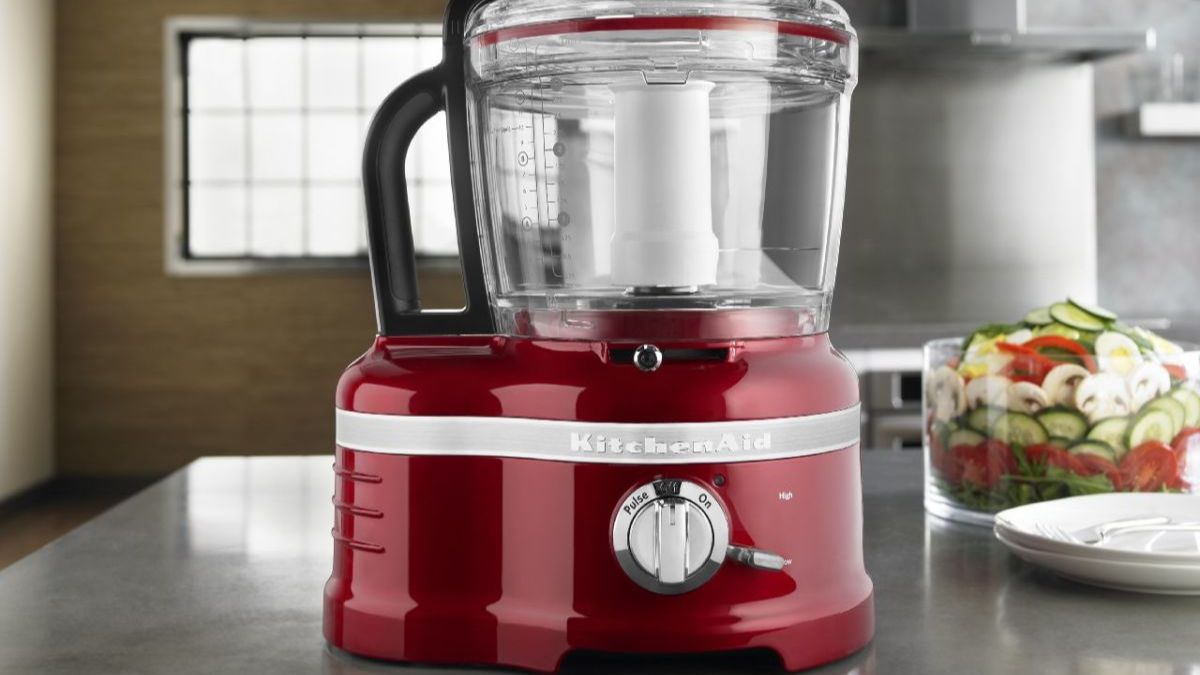

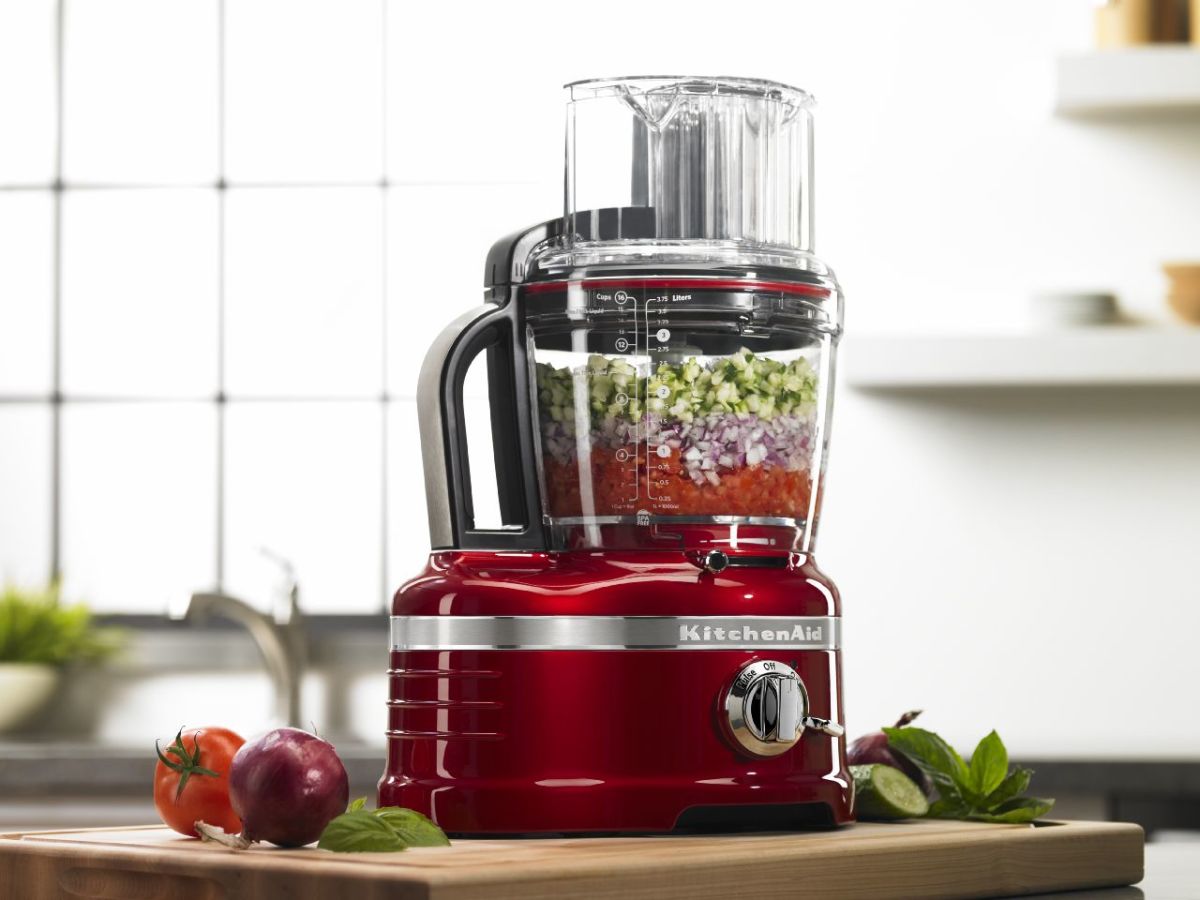
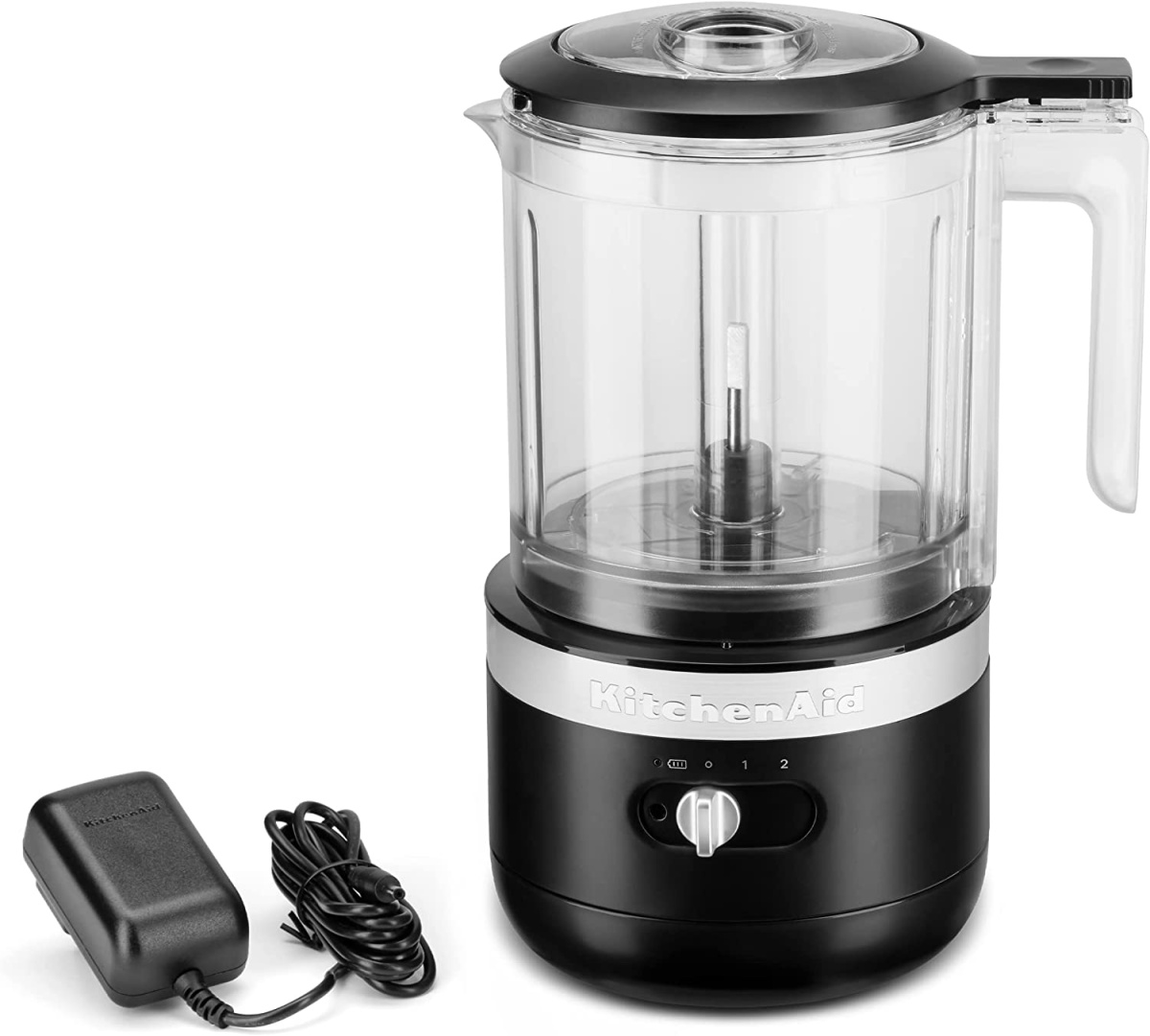
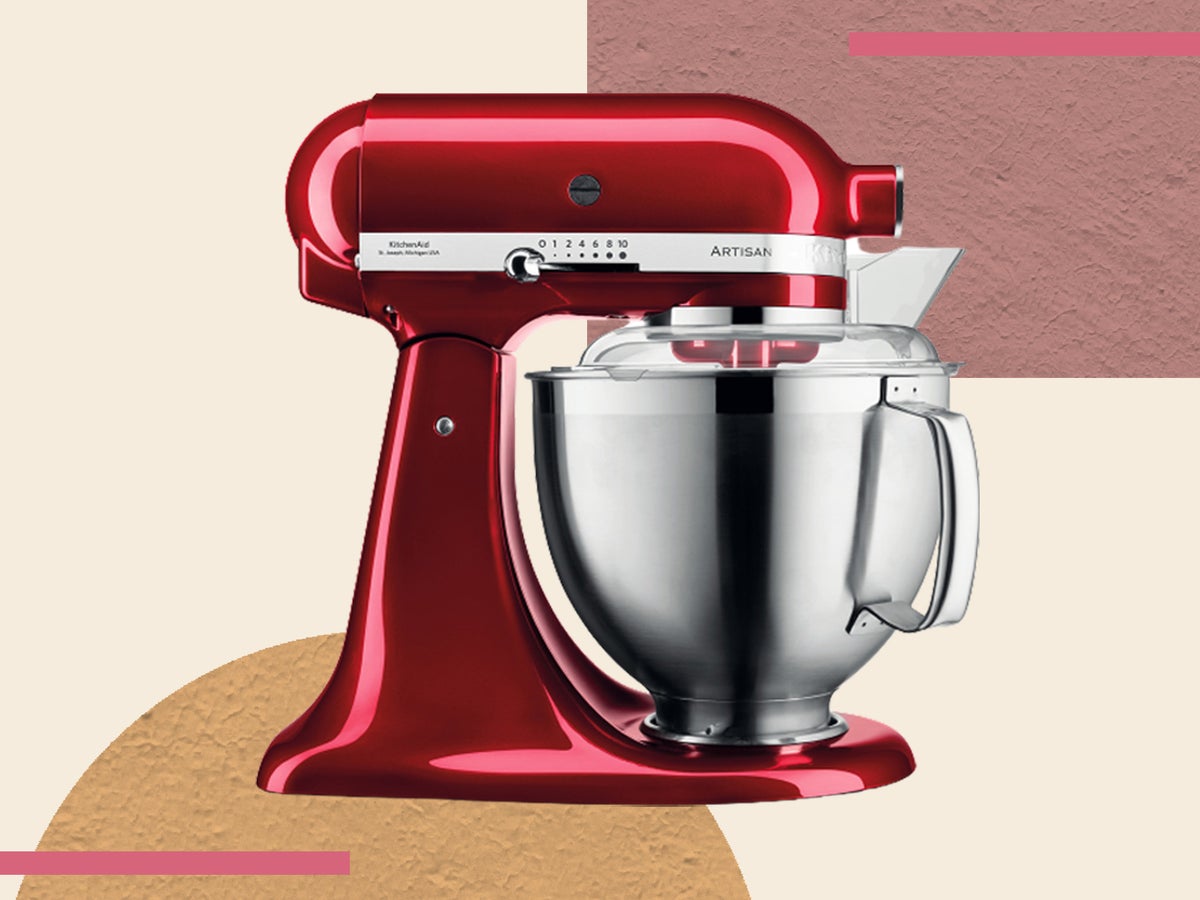
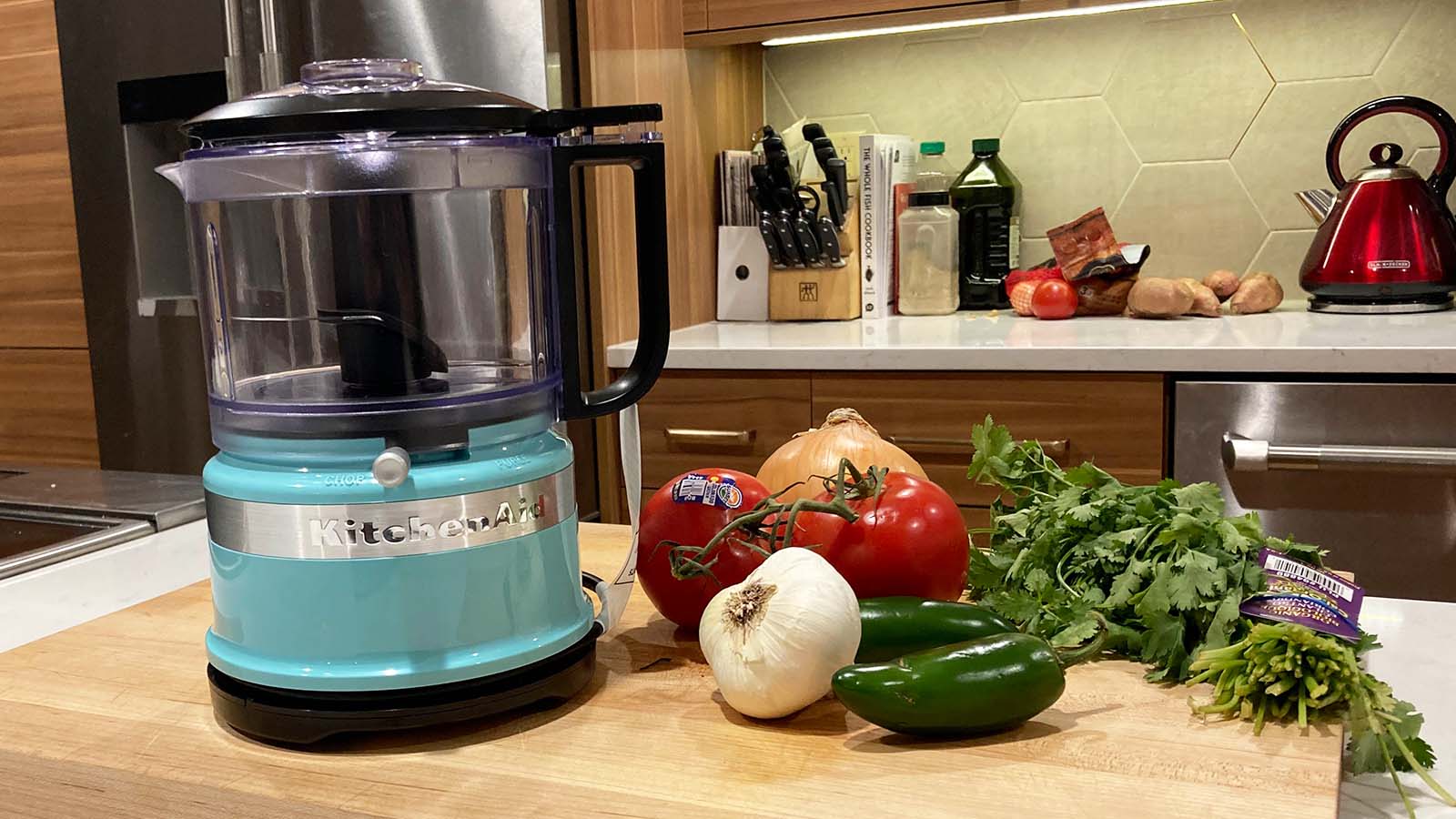
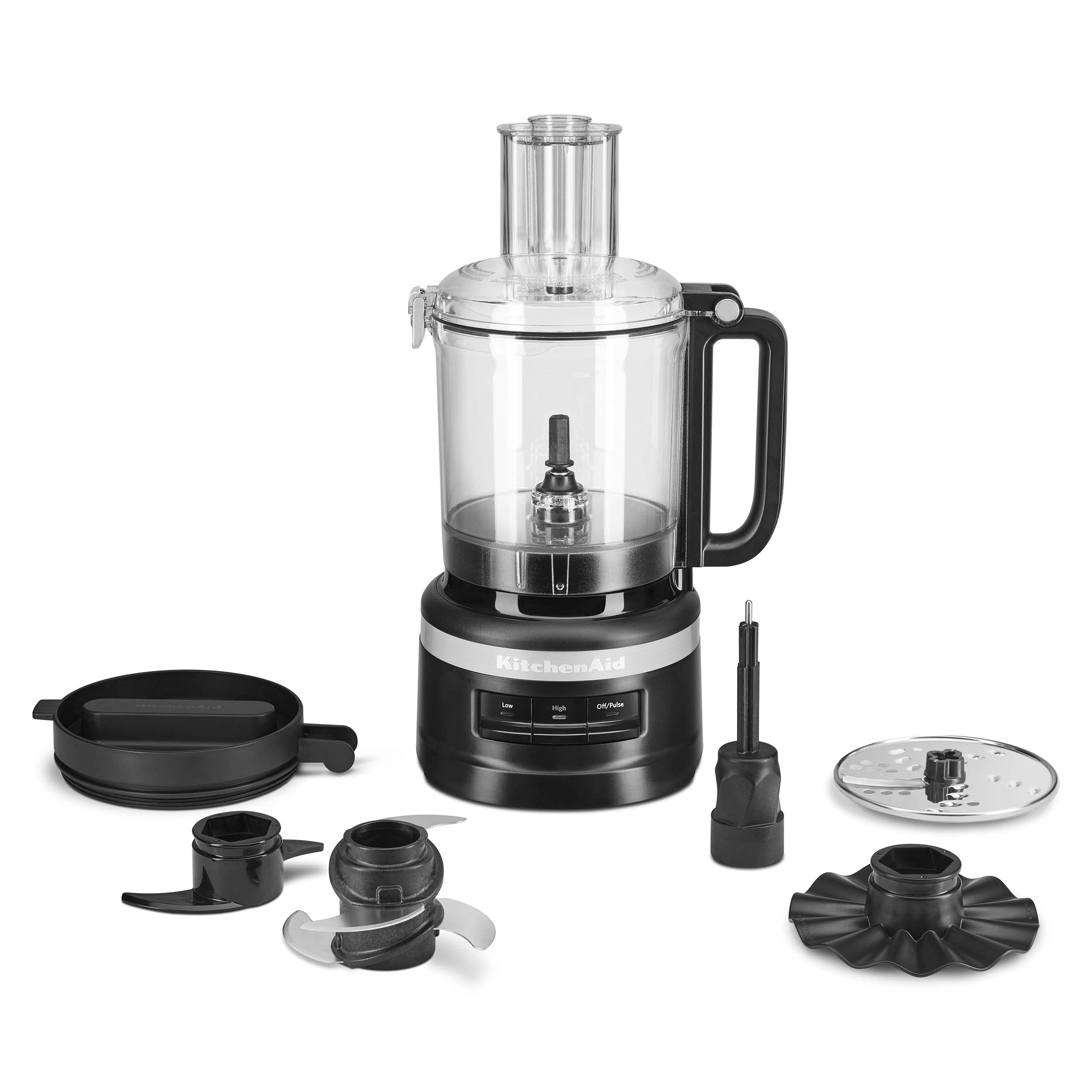
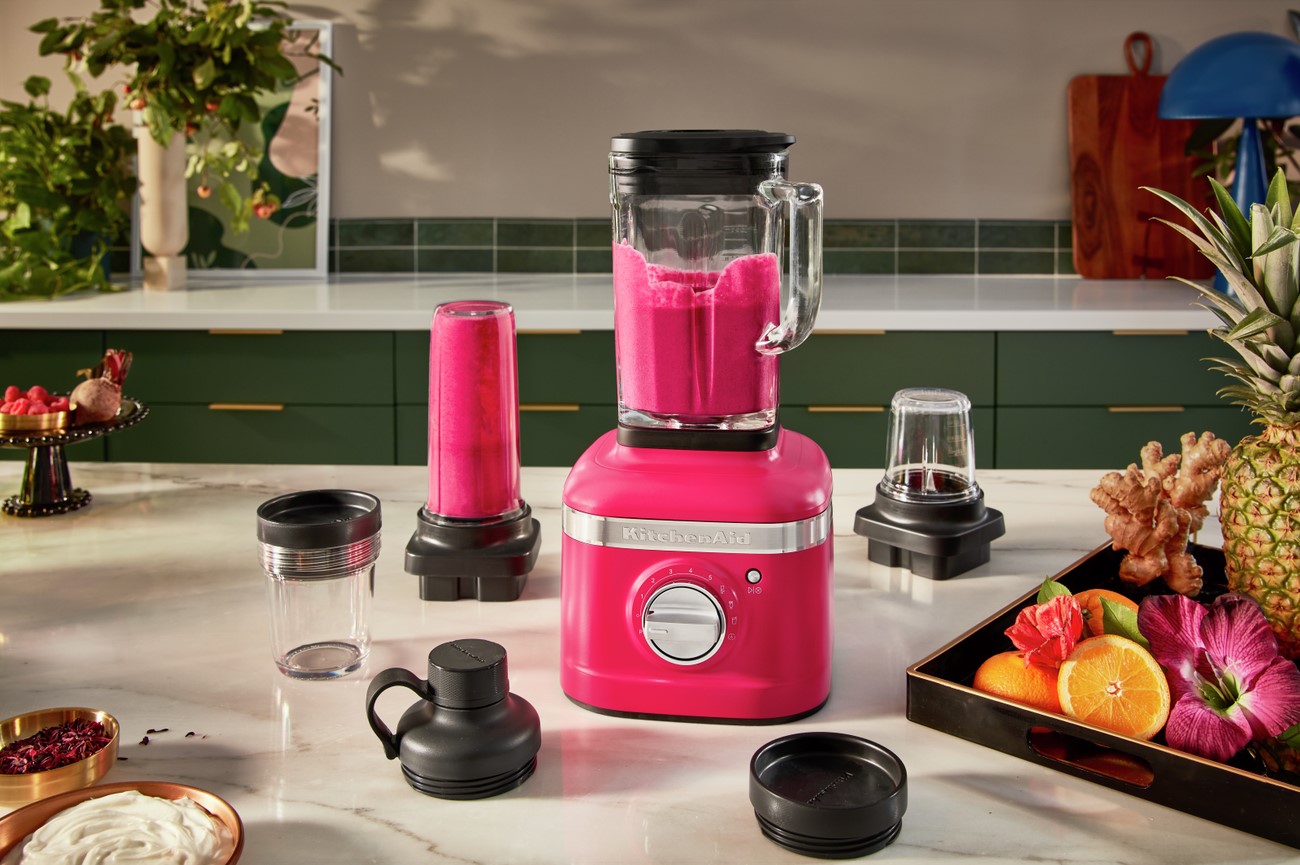
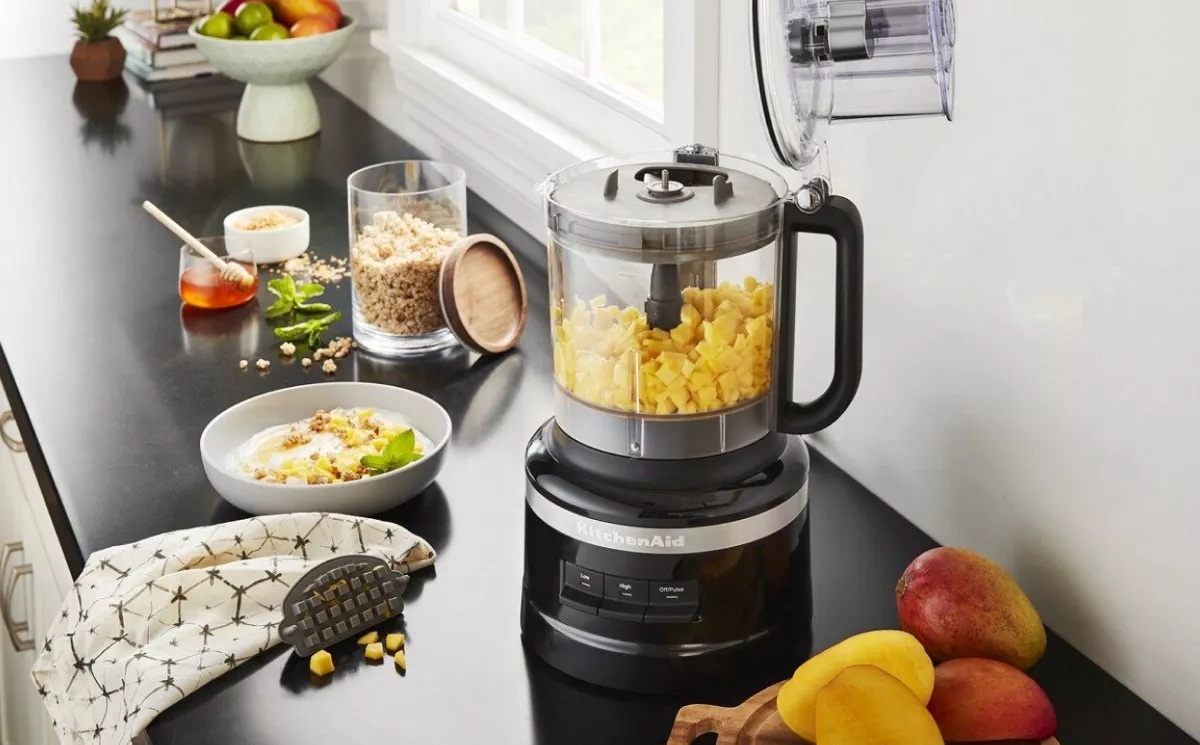
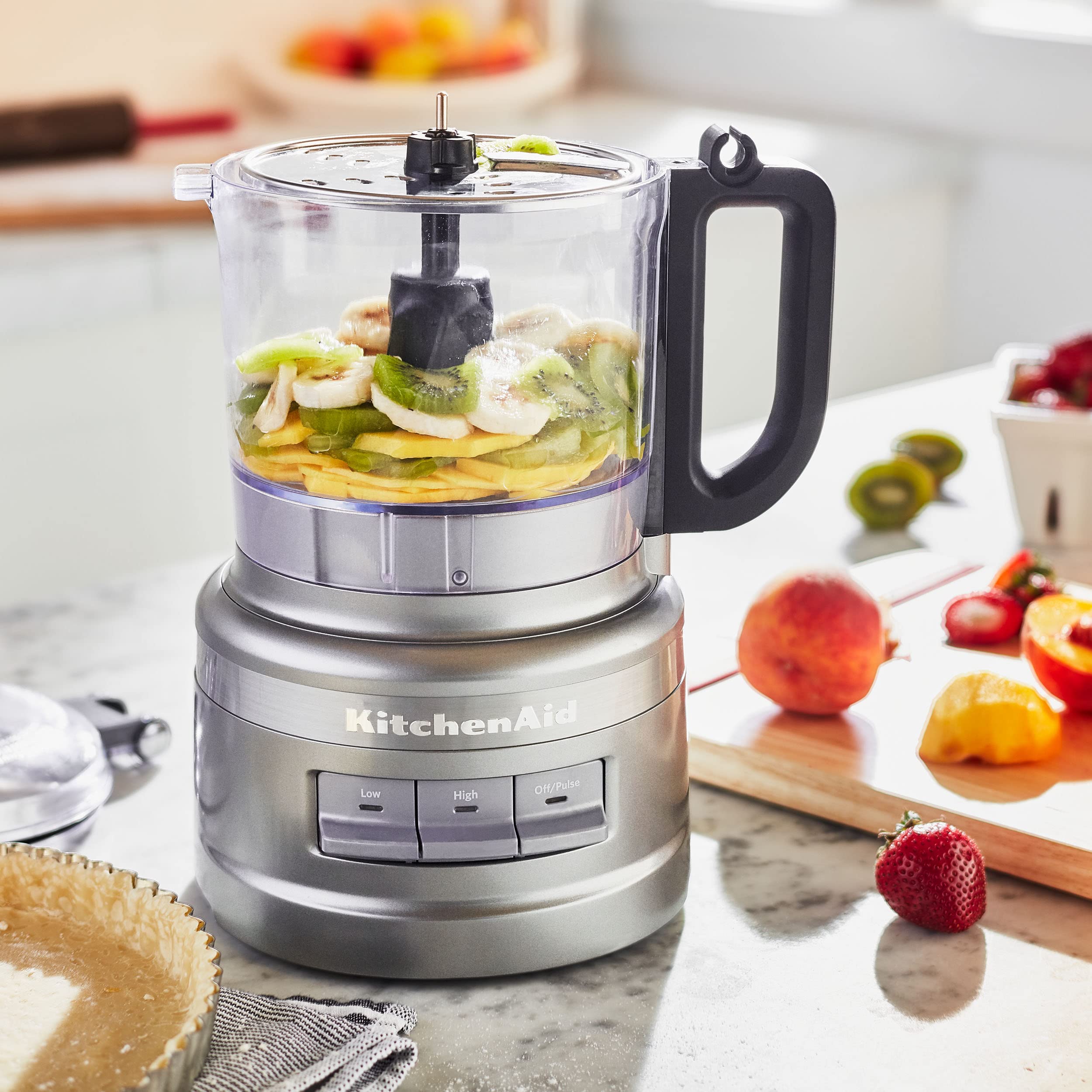

0 thoughts on “How To Turn On A Kitchenaid Food Processor”